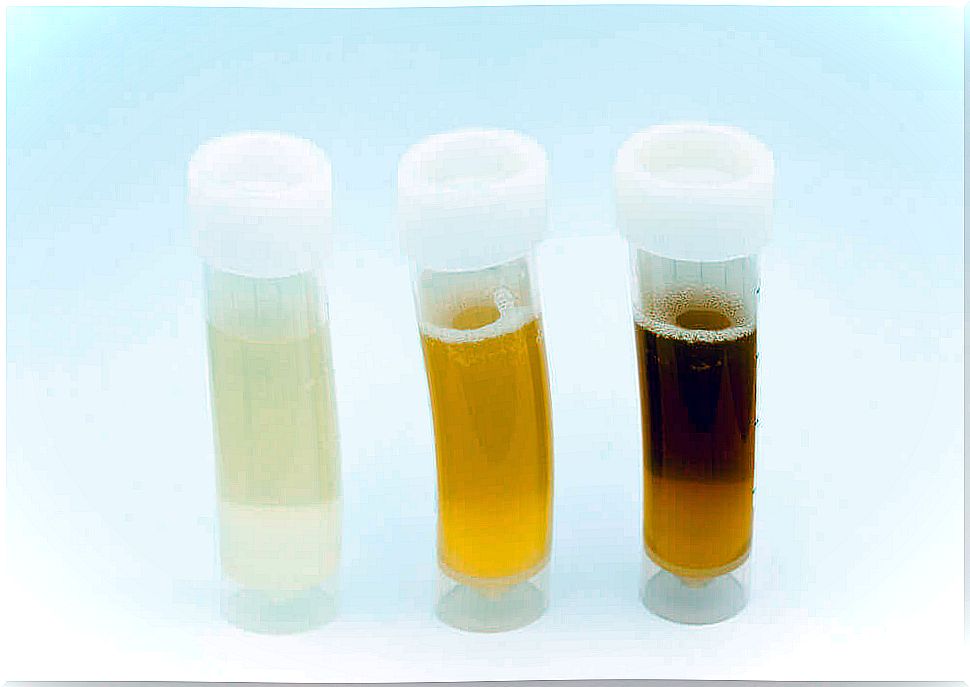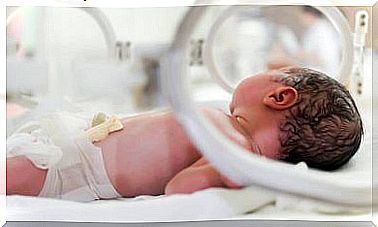Urine After Exercise: What Should You Know?
The practice of high-performance sports, or the performance of intense physical exercise by a healthy person, produces a series of changes in various organs, especially in the urinary tract. What happens in urine after exercise?
On certain occasions, after doing very strenuous physical activity, it is possible to observe blood when urinating. In principle, do not be alarmed. Next, we are going to review what happens to the body during exercise and why these types of changes can occur.
What changes happen in the body during exercise?
Physical activity is a complex process, in which the body gradually adapts to generate an improvement in performance. There are a series of body changes such as the following:
- Increases the amount of blood to the active muscles and heart.
- Kidney blood flow decreases. The higher the intensity of the exercise, the lower the blood supply.
- Lower urinary volume.
- Body metabolic changes.

Urine test
Urinalysis is usually part of routine tests in adults. On many occasions, alterations in the reference values of the same can be observed in a person who, otherwise, is healthy.
Faced with this situation, it will be essential to differentiate if it is a finding without health consequences, or if we are facing a disease, which may be of the urinary system or other organs.
It is a cheap, accessible and easily collected diagnostic method that allows assessing the health of the kidneys. It also serves to assess other diseases.
What parameters are studied in a urine sample?
- Macroscopic analysis (with physicochemical tests): appearance, density, osmolarity, pH, proteins, glucose, bilirubin, ketones, hemoglobin, etc.
- Microscopic analysis (called urinary sediment): red blood cells, leukocytes, casts, crystals, microorganisms, etc.
What can be found in a urine test after physical exercise?
Changes that can be found in urine after vigorous physical exercise include the following:
- Hematuria : is the presence of red blood cells (red blood cells) in urine. It can be macroscopic (observable with the naked eye) or microscopic (observed in the laboratory). It should be clarified that the presence of 1 or 2 red blood cells in a urine sample is generally not considered abnormal.
- Proteinuria : refers to the finding of proteins in urine. A very small amount is considered normal.
- Cylindruria : presence of urinary casts.
- Crystalluria : crystals may occasionally be seen in urine.
These findings can be observed both in sports with physical contact (such as boxing, soccer, hockey), as well as in sports without contact (rowing, running, swimming).

What are the explanations for these changes in urine?
In the case of hematuria, the origin may be by direct trauma to the kidneys or bladder, or non-traumatic, and is influenced by the intensity of the exercise and its duration.
On the other hand, regarding proteinuria, its mechanism is not entirely clear; the intensity of exercise is known to cause increased proteinuria. As an additional fact, it is advisable to maintain good hydration prior to performing physical activity, in order to reduce these observable abnormalities.
What is expected is the normalization of all the altered parameters after 48 hours after the intense exercise, such as participation in competitions or high effort loads.
If they persist beyond 48 hours without physical activity, or are associated with other abnormalities of the urine, an additional evaluation should be carried out in order to rule out the presence of any disease.
Therefore, in the case of a routine check-up, the doctor will assess the study taking into account the personal history, the clinical examination and the presence or absence of other symptoms.
On occasions when hematuria and proteinuria are found, as isolated findings, the physician will take into account the individual’s previous physical activity.
Given the suspicion of a benign situation, attributable to intense exercise, it will be advisable to repeat it (once the 72 hours have passed) to corroborate, thus, its normalization. If necessary, other studies will be carried out, according to the criteria of the specialist.
Urine after exercise: what to remember?
It must be taken into account that the attribution of hematuria or proteinuria values to intense exercise must always be a diagnosis by ruling out. Its benignity cannot be assumed without taking a thorough medical history. Therefore, when in doubt, it is always advisable to consult a doctor.









